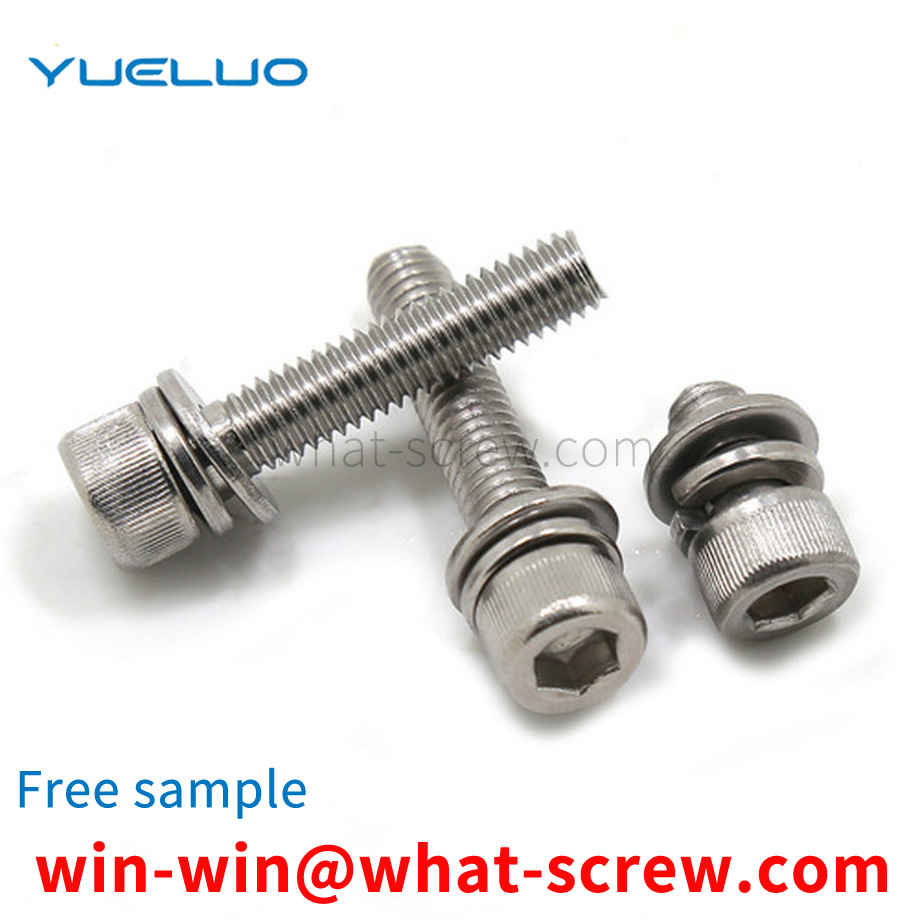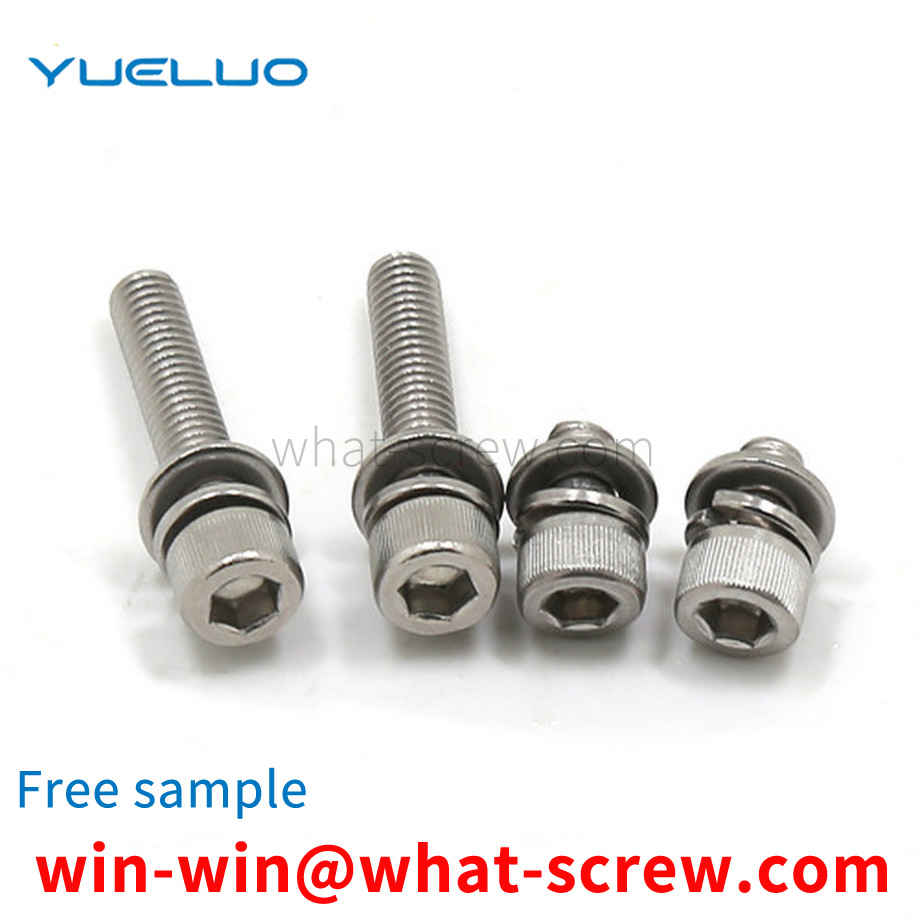The elastic cylindrical pin, also known as the spring pin, is a headless hollow cylindrical body, which is slotted in the axial direction and chamfered at both ends. It is used for positioning, connection and fixation between parts. The outer diameter of the spring pin is usually slightly larger than the mounting hole. The deformation force generated by the elastic cylindrical pin to be restored to its original state by extrusion ensures the clamping effect of the elastic cylindrical pin. But just because of its clamping effect, it will play a big obstacle to the disassembly of the elastic cylindrical pin. When in use, the open end is extended out of the through hole on the pin shaft, and the open end is flared and separated to prevent the elastic cylindrical pin from sliding off the pin shaft to realize the function of preventing backlash. At present, the disassembly method of the elastic cylindrical pin usually uses a punching machine to remove the cylindrical pin, which easily destroys the equipment installed on the cylindrical pin, and the disassembled elastic cylindrical pin cannot be used again due to damage. One method is to insert the mounting pin with the clearance fit of the mandrel, punch the pin behind the mandrel to clamp the bottom of the cylindrical pin, and then pull out the cylindrical pin, which can only be used when the elastic mounting pin is installed in the through hole, and because it is necessary Applying force to the mandrel increases the difficulty of disassembly and increases the work intensity of the installer. Three methods are done by the installer using two needle nose pliers. Specifically, first use needle-nose pliers to clamp the ends of both sides of the elastic cylindrical pin, and then apply an inward force to the needle-nose pliers, so that both sides of the elastic cylindrical pin rotate in the same direction until the opening becomes smaller, and then Pull it out to remove it successfully. The defects of these existing methods are obvious. The shape of the disassembled elastic cylindrical pin is either unusable or the deformation of the cylindrical pin after disassembly is not uniform, which seriously affects the performance of the elastic cylindrical pin, resulting in waste and increased cost; The method is purely manual work, and sometimes it takes several repetitions to remove the elastic cylindrical pin. Due to the different installation positions of the elastic cylindrical pin, it sometimes increases the difficulty of disassembly, and it is difficult to remove the needle-nose pliers effectively. The pliers are difficult to construct, and the elastic cylindrical pins are easily damaged. If there are too many elastic cylindrical pins to be disassembled, the existing methods are often difficult to meet the needs, which not only consumes a lot of time and physical strength of the installer, but also makes it difficult to ensure the quality.
Rivets are a commonly used fixing structure, but because rivets need to be deformed by pressure during use, it is easy to cause structural changes inside the metal, which will shorten the service life.
Contents of the utility model The purpose of Guangdong Yueluo Hardware Industry Co., Ltd. is to provide a hexagon socket head screw that is easy to disassemble and assemble. In order to achieve the above purpose, the technical scheme adopted by the present invention is as follows: a hexagon socket screw, which includes a cylindrical screw head and a cylindrical screw below the screw head, the screw is provided with threads, and an integrated screw is designed between the screw head and the screw. The circular skirt pad has a hexagonal depression along the axial direction on the screw head, and is characterized in that two symmetrical flat grooves are opened on the upper part of the side wall of the hexagonal depression of the screw head, and the lines of the two flat grooves overlap. Guangdong Yueluo Hardware Industry Co., Ltd.'s socket head screws are compared with ordinary socket head screws. A notch is designed in the inner hexagon space at the top of the screw. In terms of tool use, it can be avoided that the socket head screws must be equipped with the corresponding socket head tools. disadvantages. The improved hexagon socket screw can not only use the matching hexagon socket tool, but also use the traditional flat-blade screwdriver, which is more convenient to use.
Common fastening screws include self-tapping screws, fine-pitch drywall screws, traditional wood screws, and fiberboard screws. The following are the characteristics of commonly used screws, everyone should choose them reasonably. Self-tapping screws The correct application of self-tapping screws should be used for the fastening and connection of metal materials with pre-drilled holes. It has the function of automatically tapping out the internal thread on the metal body, and can complete the thread engagement with it to play a tightening role. However, due to its high thread bottom diameter, when it is used in wood products, the cut into the wood will be shallower; and because the thread pitch is small, there is less wood structure between every two threads. Therefore, it is unreliable and unsafe to use self-tapping screws for wood mountings, especially loose wood. Drywall Screws The proper use of fine-pitch drywall screws is for fastening and joining between metal studs and plasterboard. It suffers from similar drawbacks as self-tapping screws when used on wood mountings. Moreover, due to the large diameter of the head of the dry-wall screw, the embedding of the head is poor, and it is easy to cause unevenness between the head of the screw and the surface of the mounting part after installation. Traditional wood screws Before using traditional wood screws, pre-drilling holes are required on the wooden mounting parts, otherwise it is easy to cause wood cracking. In addition, since the traditional wood screws are not heat-treated, the use of electric tools can easily cause the groove shape to be damaged, and manual installation is very laborious. Fiberboard screws are relatively new types of wood screws, suitable for power tool installation. However, due to its relatively simple thread design, it still cannot effectively solve the stubborn problem of easy cracking when used on hardwood, and it does not have any advantages in screwing speed and screwing torque. [2]
At present, there are mainly the following methods for classifying screws of different lengths mixed together: First, visual identification and manual sorting. This method is time-consuming, labor-intensive and inefficient. Second, the screws are centrifuged and screened according to the quality and size of the screws. However, the quality of screws of the same length is not necessarily the same when the materials of the screws are different. Third, sorting is carried out using a screening device with sieve holes, but the sieve holes are generally simple geometric shapes, which can only roughly distinguish the length of the screws. Moreover, the specific position where the screw falls into the screen hole will also affect the degree of screening. It can be seen that the above-mentioned methods for classifying screws all have the problem of poor effect.
We have many years of experience in the production and sales of screws, nuts, flat washers, etc. The main products are: high-precision stainless steel bolts, sets of flat spring washers and nuts, nut sets of stud screws, round head socket head cap bolts, screws and nuts and other products, we can Provide you with the right fastener solution for you.



















 Service Hotline
Service Hotline




